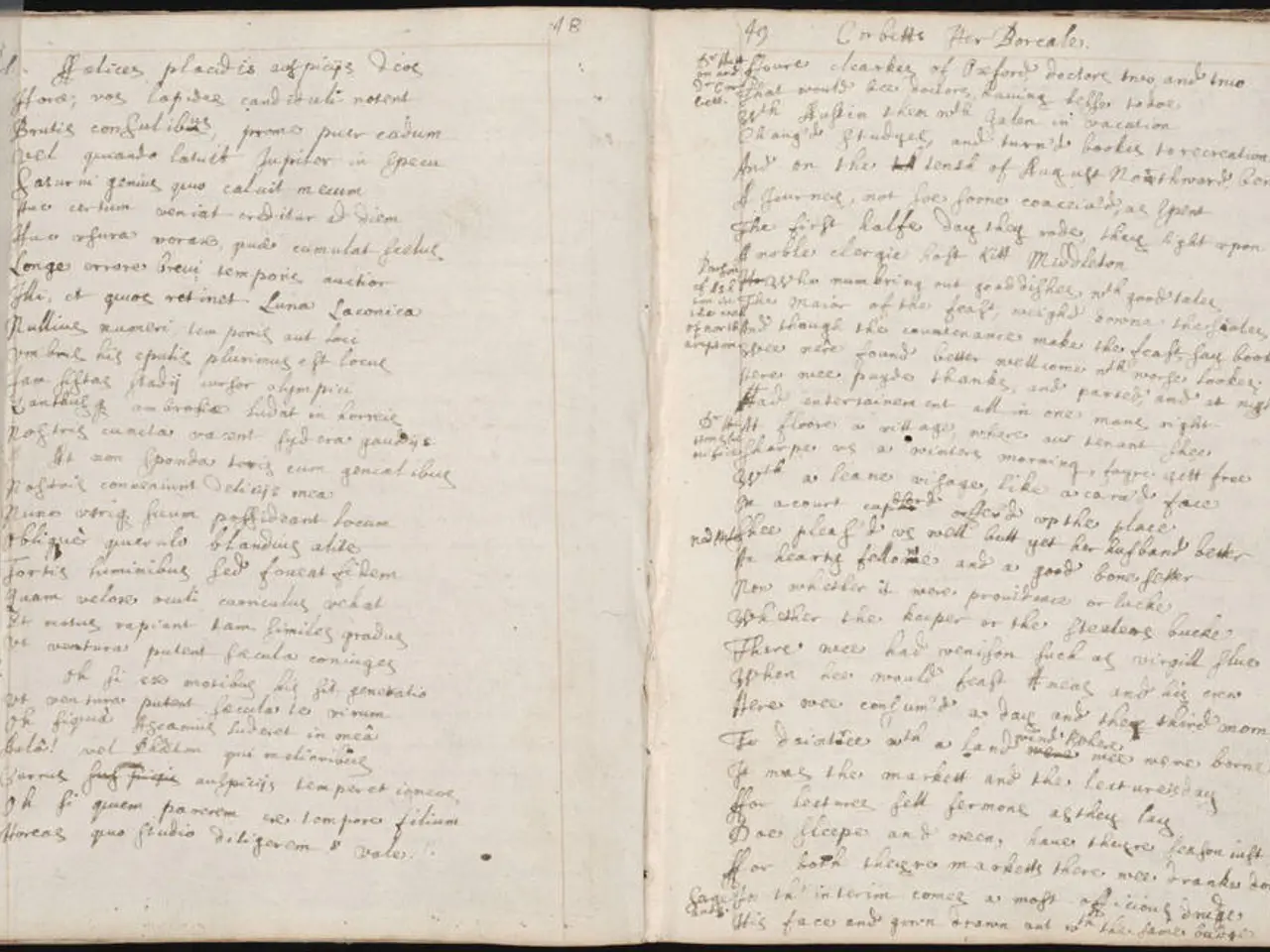Exploring the Structure of TOK Essay Titles: Defining Knowledge Inquiries
In the realm of Theory of Knowledge (TOK), crafting a strong Knowledge Question (KQ) is essential for a successful essay. A KQ is an open-ended, inquiry-based question about knowledge itself, often beginning with "to what extent," "how," or "under what conditions."
To create a KQ, start by analysing the prescribed title, identifying core knowledge concepts, and posing a precise, open-ended question about knowledge itself that supports exploration through TOK frameworks and multiple perspectives. Refinement enhances clarity, focus, and engagement with knowledge questions central to the TOK essay.
Techniques for Transforming a Prescribed Title into a KQ
- Identify key knowledge terms or concepts in the title, such as knowledge, truth, belief, justification.
- Turn these concepts into a question that explores their implications or limitations. For example, "To what extent...?" or "How can we know...?"
- Ensure the question is neither too broad nor too narrow, and it should invite multiple perspectives and discussion rather than a straightforward answer.
Criteria for a Strong KQ
- The KQ should be conceptual, focusing on knowledge rather than content-specific facts.
- It should be open-ended and debatable.
- It should be clear and specific enough to provide focus.
- It should address Ways of Knowing or Areas of Knowledge central to TOK.
- It should allow for reasoned arguments and evidence.
- It should incorporate TOK terminology and reflect the prescribed title.
Examples of KQ Refinement
- Starting KQ: "Is knowledge always useful?"
- Refined KQ: "To what extent should knowledge in an area of knowledge be pursued for its own sake rather than for its potential application?"
- Starting KQ: "Can we trust our senses?"
- Refined KQ: "How reliable are the senses as a way of knowing compared to reason and emotion?"
- A poorly formed KQ: "Is lying bad?"
- Refined KQ: "To what extent does intention affect the justification of knowledge claims when ethical considerations are involved?"
Accessing Resources for KQ Building
Students can access RevisionDojo's resources for free, which include KQ-builders, title transformation tools, example libraries, and structured essay outlines. These tools can help deepen understanding and sharpen essay structure.
Key Aspects of a TOK Essay
- The KQ transforms a prescribed title into an analytical framework for a TOK essay.
- A robust KQ should be open-ended, linked to TOK concepts (Ways of Knowing, Areas of Knowledge), and explorable through arguments.
- A KQ should ideally be 10-15 words long, concise yet focused, often starting with "to what extent."
- The Body section develops claim(s) and counterclaim(s) supported by real-life examples and WOK/AOK analysis.
- The KQ should be able to be structured around implications and reflection in TOK arguments and conclusions.
Structure of a TOK Essay
- The Introduction section introduces the KQ, defines terms, and outlines the essay structure.
- The Conclusion section reflects on implications and offers a considered, balanced answer.
- If a student doesn't like the initial KQ, they should refine it by experimenting with phrasing until the scope matches what can be analysed meaningfully.
Further Resources
The resource "Examples and Tips for Writing IB TOK Knowledge Questions" can help in practicing transforming titles into clear, analytical KQs. Remember, the TOK essay's backbone is the defined KQ, so choose wisely!
To create an effective Knowledge Question (KQ) for a Theory of Knowledge (TOK) essay, follow the steps of turning key knowledge terms found in the prescribed title into an open-ended question, refining it to make it neither too broad nor too narrow, and ensuring it aligns with TOK concepts, Ways of Knowing or Areas of Knowledge, and promotes exploration through TOK frameworks and multiple perspectives. Educational self-development includes the learning process of crafting a strong KQ and constructing a TOK essay that addresses the question using reasoning, evidence, and WOK/AOK analysis.




